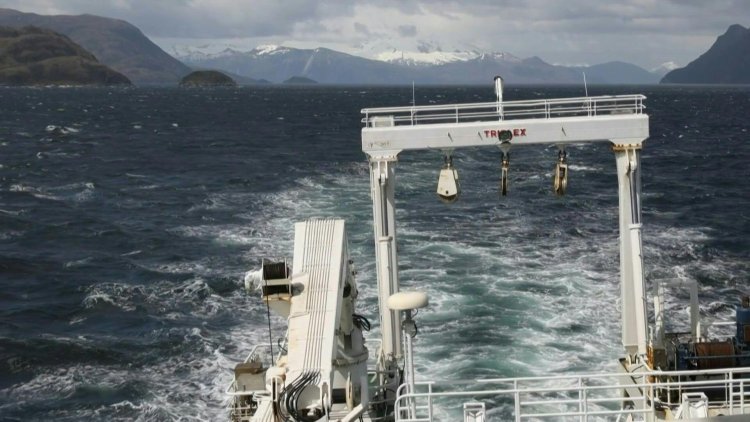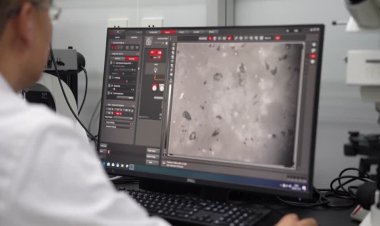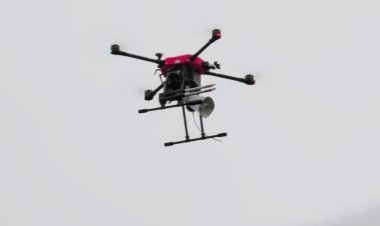Chilean scientists seek answers to climate change in "the end of the world"

From the waters of one of the most inhospitable places on the planet, at the so-called "end of the world", a group of Chilean scientists tracks everything from microscopic viruses to huge whales to collaborate with the assembly of the great climate change puzzle.
On board the Chilean Navy oceanographic vessel "Cabo de Hornos", 19 scientists explore the confines of the American continent for nine days, in the Chilean region of Magallanes, to investigate the presence of harmful organisms and the impact of climate change.
The need to implement more urgent policies to address the climate emergency haunts the minds of the members of this expedition, which sets sail from the city of Punta Arenas and navigates through the channels and fjords of the Strait of Magellan until reaching the Beagle Channel, which connects the Atlantic Ocean with the Pacific.
"I think we are the voice of what nature cannot say," says Wilson Castillo, a 24-year-old biochemistry student. "As scientists we have a lot to contribute, especially in a climate change scenario," he says.
He is the youngest of the group of marine biologists, physicists and chemists processing samples taken from the sea for a study led by the High Latitude Marine Ecosystem Dynamic Research Center (IDEAL).
Castillo filters seawater and captures viruses to "larger microorganisms, even if they do not exceed a fifth of a millimeter." In his tiny treasures, he sees pieces of the immense puzzle that must be put together to preserve the planet.
The staging is spectacular due to the absolutely changeable climate of the canals and fjords that surround this region, but most scientists do not have time for contemplation.
They continue their work when leaden rains - carried by cold sea winds - dissipate rapidly, making practically monochromatic landscapes explode in color. And they do not stop to observe the rainbows that usually form as the clouds recede, in a transition that can occur several times in the same day.















